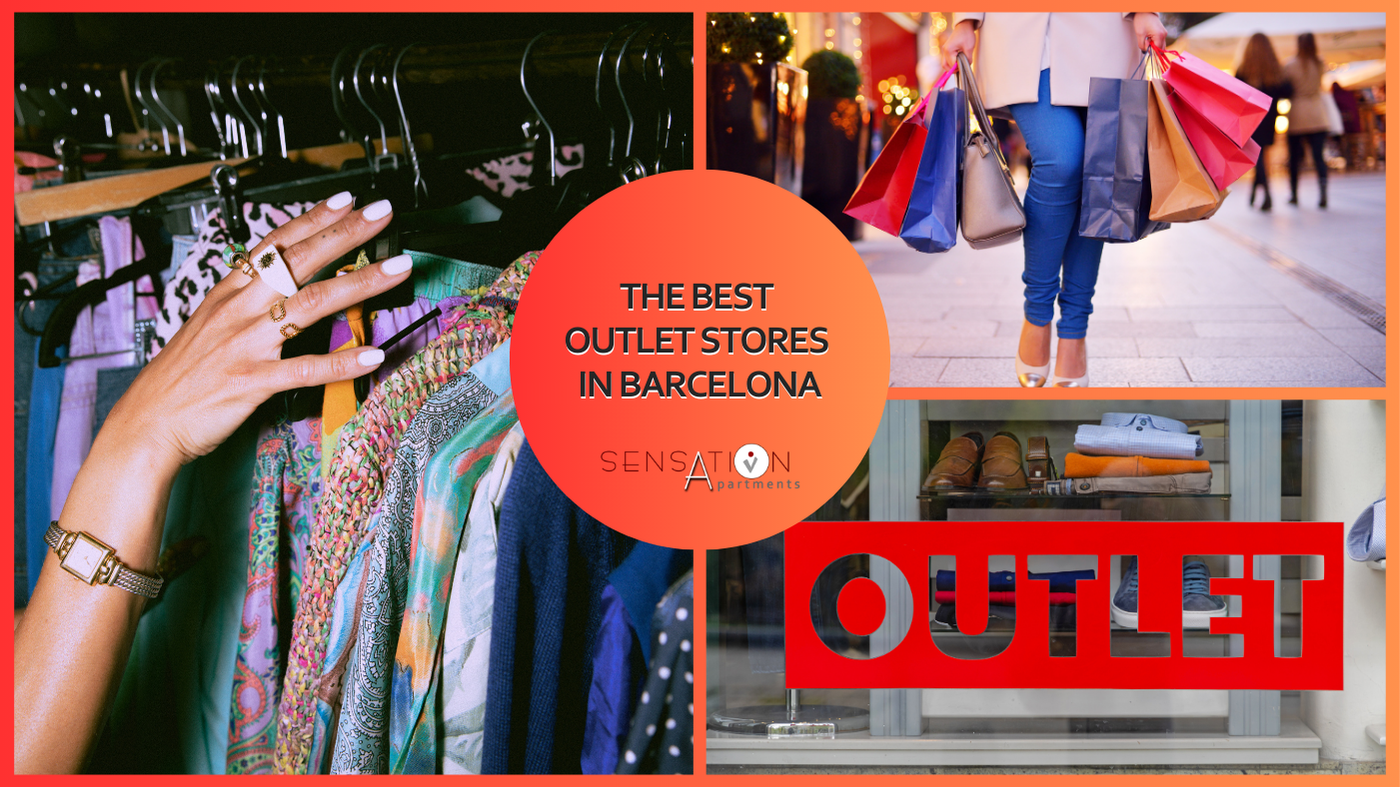Plaza de España - an emblematic place
Culture 03/07/2024The Plaza de España in Barcelona (officially in Catalan: plaça d'Espanya) is one of the most emblematic spaces of the Catalan capital and the second most important communication axis, after Plaça Catalunya. Built during the 1929 International Exhibition, according to a project prepared by Josep Puig i Cadafalch and Guillem Busquets, it was completed by Antoni Darder and was a symbol of modernity and progress. It also functions as a connecting point between Barcelona and the towns of Baix Llobregat.
Its surface area of 34,000 m² makes it the second largest square in Spain. It is an important traffic center in the city, where the Gran Vía de las Cortes Catalanas, Avenida del Paralelo, Calle Tarragona, Calle Creu Coberta and Avenida de la Reina María Cristina converge. The latter allows direct access to the Montjuic area, where the Fira de Barcelona and the National Museum of Art of Catalonia, MNAC, are located. It also connects directly with the Sants neighborhood.
What buildings are located directly on Plaça d'Espanya?
GV SHOPPING CENTER Corts Catalanes, 373-385
The history of the building when it functioned as a bullring dates back to the year 1900, when it was built by the architect August Font i Carreras in a traditional neo-Mudejar style that turned it into one of the most important bullrings in Spain. Today, it is an imposing shopping center, designed by the British architect Richard Rogers, conceived through large structures of steel, reinforced concrete, wood, natural stones and a lot of glass with the aim of making the most of the natural light and the splendid views.
With more than 100 leading stores, a varied and very attractive gastronomic offer and leisure options for the whole family, its offer culminates with its wonderful roof terrace, which allows you to have a 360º view of the city of Barcelona.
MAGICAL FOUNTAIN OF MONTJUÏC
It is the main element of a set of games of light and water that develops along the entire axis from the Palau Nacional to Plaça d'Espanya, which includes waterfalls and ponds and, at the bottom, rows of luminous columns on both sides of the avenue, today replaced by illuminated fountains of similar proportions and easier maintenance. Although temporarily suspended due to the water shortage that the city has suffered, it is worth walking along its entire route.
MNAC- NATIONAL MUSEUM OF ART OF CATALONIA
Palau Nacional, Parc de Montjuïc, s/n, Sants-Montjuïc
The Museu Nacional d'Art de Catalunya is located in the Palau Nacional de Montjuïc, built for the 1929 International Exhibition. In 1934 it opened its doors as the Museu d'Art de Catalunya, bringing together the medieval collection. Later, in 1995, as the National Museum of Art of Catalonia, the new rooms of Romanesque art were inaugurated and the public exhibition of the collections was successively expanded, a process that culminated in 2004 with the new presentation of modern art.
With the best collection of Romanesque mural painting in the world and the most representative artists of Catalan modernism, such as Gaudí or Casas, you can also find Gothic art, great European painters of the Renaissance and Baroque, for example, Titian or Velázquez, and an important collection of Photography.
VENETIAN TOWERS
Located in Plaza España, the Venetian Towers are one of the great legacies of the Barcelona International Exhibition of 1929.
The towers, designed by architect Ramon Raventós, are clearly inspired by the bell tower of St. Mark's Basilica in Venice, which gives them the nickname "Venetian". Although they are not an exact replica, since they are somewhat smaller.
Initially, at the base of the towers, a balustrade adorned with four sculptures representing Arts, Industry, Commerce and Sports was erected. However, during the remodeling of the square in the 1970s, both the balustrade and the statues were removed, with the exception of the statue of Arts, also known as Woman with Child, which is currently located at the entrance to the parking lot of the Fair on Paral·lel Avenue.
Currently, both towers are declared as assets of local interest and, annually, during the 48h Open House Barcelona event, access to their interior is allowed, providing visitors with the opportunity to closely appreciate their unique architecture and significant history. .
Plaza de España, Sants-Montjuïc District
Fira de Barcelona is the fair institution of Barcelona. Every year it organizes and hosts more than 150 trade fairs, conferences and corporate events of varying frequency. It is, therefore, the largest and most important fair institution in Spain and one of the most important in Europe and the world.
With a long history behind it, Fira de Montjuïc is one of the hallmarks of Barcelona, as well as an economic, business and social engine that has spread the city's tradition as an important trade fair venue within and outside Europe.
The fair spaces combine centuries-old tradition with the most modern facilities and infrastructure necessary for each event. In addition, Fira de Montjuïc integrates the Barcelona Conference Center, with a large auditorium and eleven conference rooms.
SOURCE OF THE THREE SEAS
The monumental fountain that presides over Plaza España is one of the emblematic images of the entire city. Conceived by the architect Josep Maria Jujol, one of Gaudí's main collaborators, the fountain is a great allegory that pays tribute to water and takes center stage in the different sculptural groups that decorate it in a classic Noucentista style.
The main sculptures represent the three seas of the Iberian Peninsula and the main rivers that water it: the Ebro, the Tagus and the Guadalquivir. The Oslé brothers designed the corner figures that represent Abundance, Health and Navigation. With its cauldron and the use of noble materials such as marble, wrought iron and bronze, and the considerable height of the monument, 33 meters, they form a truly impressive and imposing complex.
Av. de Francesc Ferrer i Guàrdia, 7, Sants-Montjuïc
The Fundació Mies van der Rohe was created in 1983 by Barcelona City Council, with the initial objective of carrying out the reconstruction of the German Pavilion, designed by Ludwig Mies van der Rohe and Lilly Reich for the 1929 Barcelona International Exhibition.
In accordance with its purposes, the Foundation carries out different activities such as awards, congresses, conferences, exhibitions, workshops and installations.
Notable among these programs is the organization, jointly with the European Commission, of the European Union Contemporary Architecture Prize – Mies van der Rohe Prize, one of the most prestigious architecture awards in Europe.







